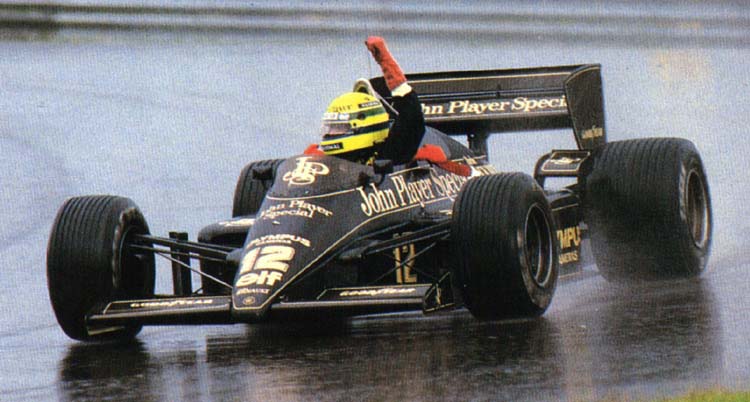- Login or Register
No account yet? Sign up


McLaren was the first: Monaco 2009.issues4 wrote:if you recall, merc was the only team that operated a passive f-duct back then..ie non driver operated later on.

I don't think it is anything to do with the rear wing at all apart from the DRS activationbhallg2k wrote:I don't think this is an F-duct or a Daffy Duct at all. I think it's just a way to increase air flow over the wing that's having trouble in low-speed corners because there's not enough pressure in such corners to give order to the added flow.
if they are indeed adding flow then why is there a secondary pipe to allow flow to escape?bhallg2k wrote:I don't think this is an F-duct or a Daffy Duct at all. I think it's just a way to increase air flow over the wing that's having trouble in low-speed corners because there's not enough pressure in such corners to give order to the added flow.

At low speed, sure.mike wrote:rear wing is working at high pressure, do you think the pressure from the air scoops are higher than that of the rear wing??

it is blowing over the top of the diffuser that is where the outlet is I am suremike wrote:the wing is at high pressure so when is on normal mode the pressure stops the air from coming up from the holes, when drs opens the pressure is lower since there is only one profile working the air comes up and pushes the air from the top of the profile to the bottom stalling the wing.
They could do that 24/7 if they wanted, no need to make a stupidly complex DRS system.N12ck wrote:it is not stalling the rear wing, it is blowing over the top of the diffusermike wrote:the wing is at high pressure so when is on normal mode the pressure stops the air from coming up from the holes, when drs opens the pressure is lower since there is only one profile working the air comes up and pushes the air from the top of the profile to the bottom stalling the wing.

I might be wrong, but it looks like the ducts lead down to the diffuser areaOwen.C93 wrote:They could do that 24/7 if they wanted, no need to make a stupidly complex DRS system.N12ck wrote:it is not stalling the rear wing, it is blowing over the top of the diffusermike wrote:the wing is at high pressure so when is on normal mode the pressure stops the air from coming up from the holes, when drs opens the pressure is lower since there is only one profile working the air comes up and pushes the air from the top of the profile to the bottom stalling the wing.